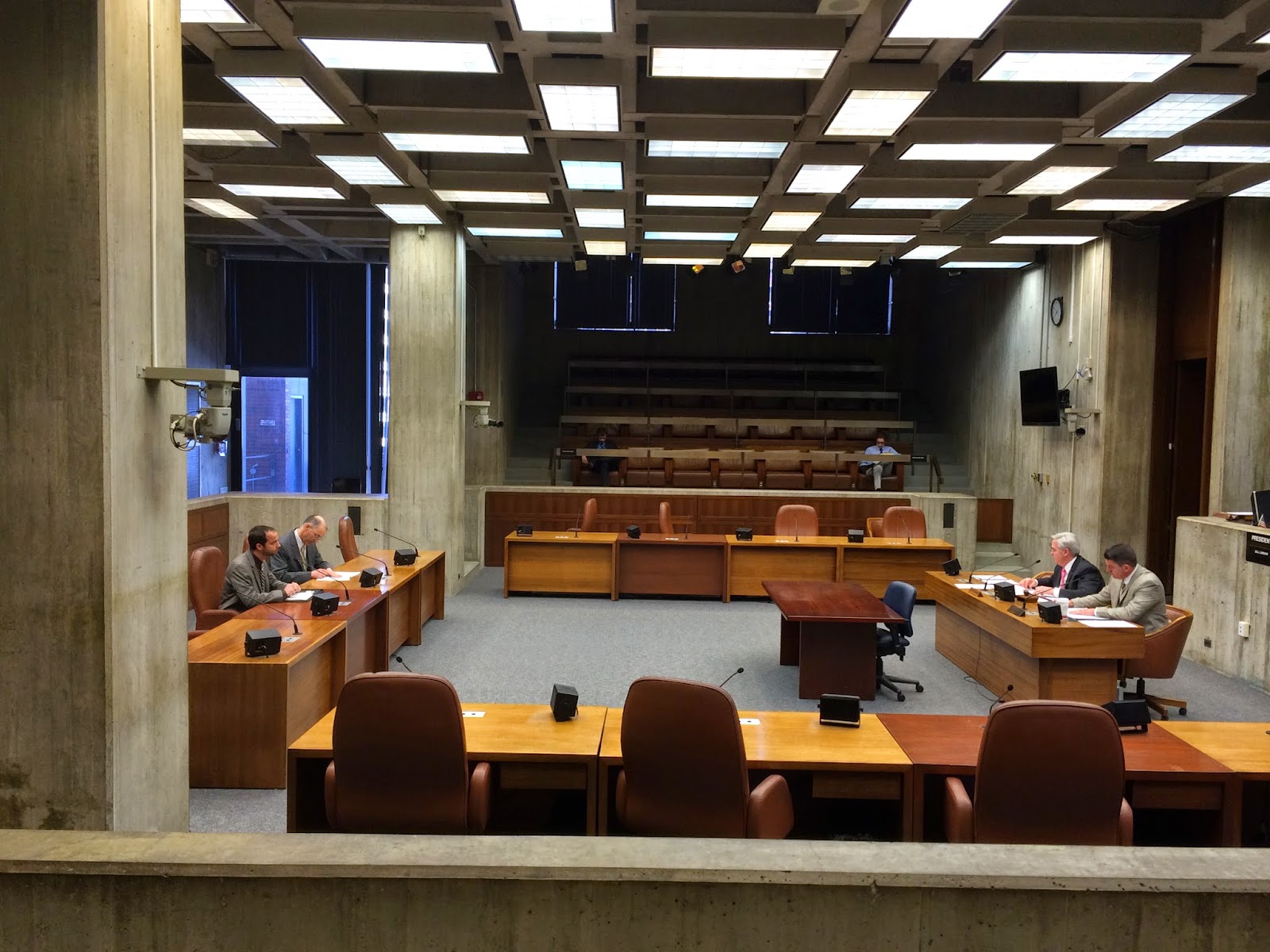By Steven Burke, Bergmeyer Associates. Article courtesy New England Real Estate Journal
We all love babies. Sure, there is the occasional annoying run-in on airplanes, in restaurants, and during a speech or ceremony, but they help to secure our advancement as a species. If for no other reason than that, we should do our best to safeguard their future (and cut them slack when they lose it in public).
There is an average of more than 10,000 babies born in the United States every day. What almost all parents of those babies don't know, and pretty much nobody wants to think about, is that all of those new infants are certain to test positive for having a long list of toxic and carcinogenic chemicals in their bodies.
A study of newborns by the Environmental Working Group found an average of 200 chemicals per child in their sample group. What's worse, they would have likely found more chemicals, but only tested for just over 400 chemicals total. The chemicals found in these babies included flame retardants, pesticides, and industrial compounds. Many are known to cause cancer, birth defects, infertility, immune system disruption, hormone disruption, and are neurotoxins.
Those last two impact categories are particularly troubling as they pertain to newborns: hormone disruptors have numerous and sometimes grotesque consequences for reproductive and sexual development, while neurotoxins affect the brain and central nervous system, of somewhat critical importance in a developing child.
Meanwhile, many childhood and adult cancers are increasing. Autism is increasing. Women are having increased difficulty in becoming pregnant and carrying children to term. Men are experiencing decreased sperm counts. There is one very possible common denominator: the "toxic load" in our bodies, and in our babies.
Where are all these chemicals coming from and how are they ending up in our newborns? The short answer is that they come from many exposure points, and then they are passed from mothers to babies in utero.
So what are you to do as an individual? How can you control your exposure levels to these harmful substances and protect your children? Well, as Americans we spend 90% of our time indoors (depressing, I know). That means that by removing harmful chemicals from the places we work, sleep, and relax, we can go a long way towards creating a healthier environment.
Enter LEED, short for Leadership in Energy and Environmental Design. LEED is a national, and increasingly international, green building standard. This green building certification system is operated through the nonprofit U.S. Green Building Council. In July of 2013 the newest version of LEED, LEED version 4, was voted into adoption. One of the most controversial and key aspects of the updated system is a focus on materials transparency.
In practical terms, this means that future green building projects seeking LEED certification can score points for having building product manufacturers publish the ingredients and source materials that went into the assembly of their products. Already, some product manufacturers are evaluating their supply chain and seeking help with adjusting to materials transparency requirements. LEED v4 has empowered some leading architecture firms to notify product manufacturers that if they don't carry certifications for materials disclosure, they will stop using their products in new projects beginning as early as January 2015.
These results are starting to create a spillover effect into transparency in the chemical manufacturing industry, which handles many of the inputs into building products. This is nothing short of revolutionary: the fact that a nonprofit is indirectly reforming one of the most powerful global industries is almost unfathomable.
Government regulation and market oversight have largely been reactionary mechanisms for managing chemical manufacturing. Proactive and precautionary tools are needed to increase consumer protection from potentially hazardous substances produced by this industry. At 38-years-old, the law designed to regulate chemical manufacturing in the United States, the Toxic Substances Control Act of 1976, has proven itself ineffectual. Now LEED is successfully applying pressure where many others failed.
Of course, all of this has not been without controversy. The chemical industry is understandably resistant to this new version of LEED. Lobbyists are attempting to remove LEED as the building standard in new federal buildings, which includes children's schools. Industry proponents have even been funding an alternative green building rating system, called Green Globes, as a response to the challenges posed by LEED. Thankfully, though, it appears the movement towards materials transparency has been set in motion, and it is unlikely to reverse course.
Ignorance is not always bliss, and sometimes what you don't know can hurt you. So let us thank LEED for working towards a world that will be healthier for our children, and for pushing the market boundaries out of a comfort zone of toxicity and secrecy towards transparency and public health.
Steven Burke, LEED AP BD+C, ID+C, is sustainability coordinator at Bergmeyer Associates, Inc., Boston, MA.





































